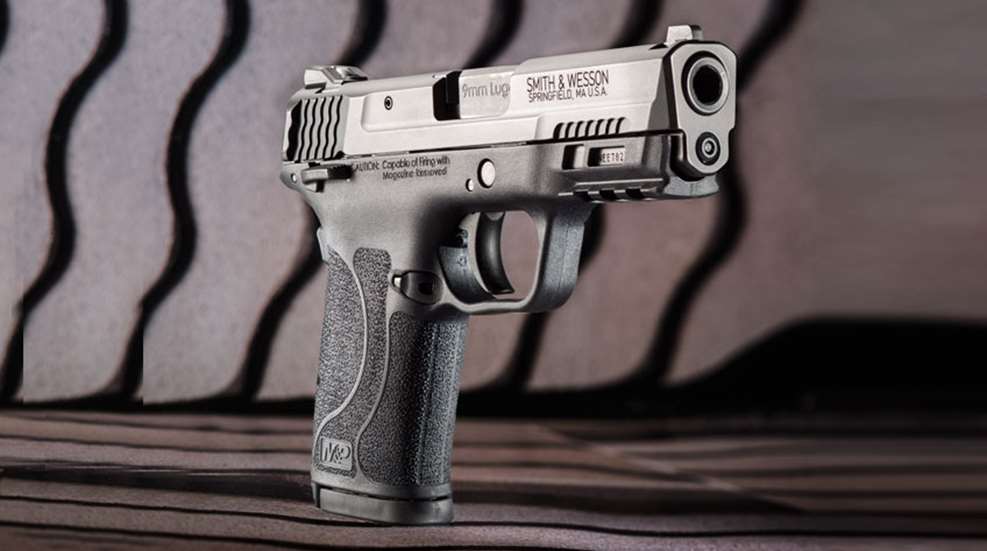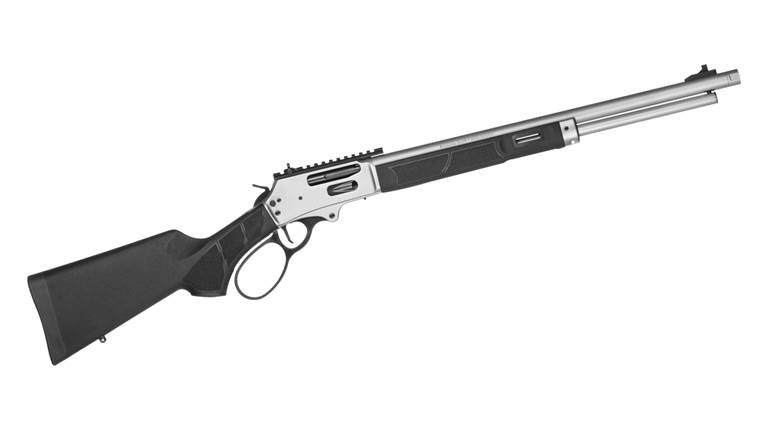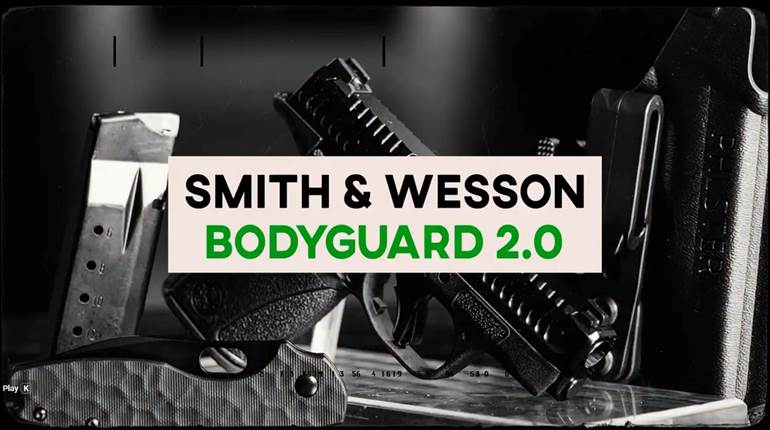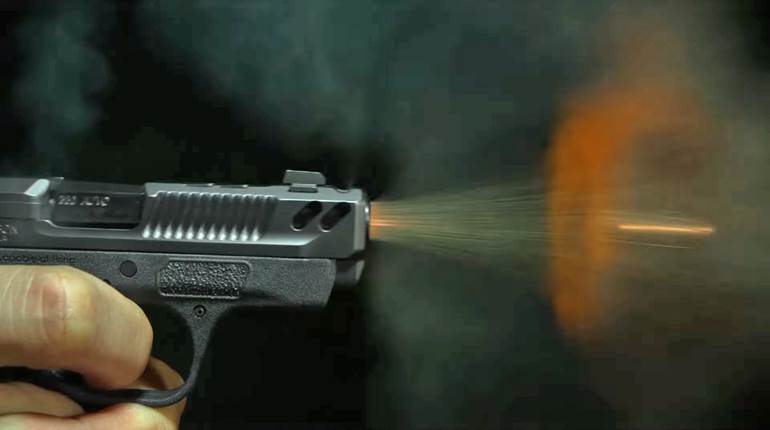
If there was any doubt about the current ascendancy of the 9 mm Luger cartridge and other must-have features in a CCW gun, I would point to Exhibit A. That would be the gun I reviewed in the pages of American Rifleman: the Smith & Wesson M&P9 Shield EZ.
Smith & Wesson had so much success with the .380 ACP version of this gun (reviewed here) it had to dedicate considerable resources to keeping up with demand. Going down in cartridge performance allowed the gun to be very easy to operate, but some consumers were unwilling to take that step down in power.
Smith was asked almost immediately when it could have a 9 mm ready. And now we have our answer. Not even two years after we reviewed the .380, we have the production 9 mm in hand. No offense to my friends at Smith & Wesson, but this is like turning on a dime for them.
While the operating system remains the same, there was much engineering that needed to be done to accommodate the higher pressures and energy of the 9 mm Luger cartridge. A whole new frame had to be designed and molded—a not insignificant cost, even when you do it yourself as S&W does—a new magazine had to be created, and the mass of the slide and the recoil spring configuration had to be adjusted and tuned.
If you read the story, we get into the gun, but we did not spend a lot of time discussing the consumers embracing this new class of handgun. More and more Americans are choosing to arm themselves daily for personal protection, and while micro guns such as the new Springfield Hellcat and SIG Sauer P365 are current category leaders—perhaps even defining their own category—there are some armed citizens who simply prefer other features.
I am not at all condemning this new generation of micro compacts—I have an optics-ready model on order—but there is a parallel trend toward guns like the EZ, and it is based upon ease-of-use and operation as well as multilayered safety features.
With the EZ, there is a grip safety that is very, pardon the pun, easy to disengage. That’s because it does not require much pressure, and it is hinged at its bottom. I’ve encountered no one handling either the .380 or 9 mm who has had difficulty depressing that grip safety. But what that safety does is ensure that this hammer-fired gun is seriously drop-safe. Without that grip safety depressed, you cannot connect the trigger bar to the sear.
Another reassuring safety feature for those interested in the EZ are the bilateral manual safeties. Multiple sources report that nearly three-quarters of .380 EZ buyers wanted the manual safety. They voted for it with their wallets and pocketbooks.
And then there is perception at the gun store counter. I have jested with friends that if you want to sell a polymer-stock bolt-action rifle at an average retailer, my advice would be to make sure it has a good trigger and a very smooth bolt travel. Because those are about the only two things you can learn about a rifle at the counter. And now I would add ease of racking the slide for a 9 mm pistol at that very same counter (even though proper technique can overcome just about any recoil or striker spring).
That’s because being able to competently operate the gun is one of the most important aspects of owning a personal protection handgun. If you can’t do it at the counter, you might not be able to do it when it really counts. A certain amount of confidence comes from knowing you can operate your gun regardless of your physical circumstance. And that is part of the EZs’ appeal. The guns aren’t for everyone—no one gun is—but the EZs sure seem to be the ticket for whole lot of individuals.





































